
We may earn revenue from the products available on this page and participate in affiliate programs. Learn more ›
Hiking watches are useful and important tools for those who spend time hitting the trails. At a minimum, a hiking watch should allow you to keep track of the time of day, how long you’ve been out, and how long you might have till sundown. Ideally, it should also provide altitude, barometer, and compass functions. More advanced watches for hiking may also offer various safety features, advanced navigation tools, energy expenditure and endurance estimations, and smartwatch functionality. No matter what, the best hiking watches will help keep you safe on your adventures and be able to handle whatever you throw at them.
- Best overall: Garmin epix Pro (Gen. 2)
- Best smartwatch: Apple Watch Ultra
- Best for backpacking: Garmin fēnix 7 Pro
- Best basic: Casio G-Shock DWH5600-1
- Best solar-powered: Garmin Instinct 2X Solar
- Best budget: Amazfit T-Rex 2
How we chose the best hiking watches
As an avid hiker and trail runner since a young age, I’ve spent my fair share of time in the woods and have learned what is important to have with you in those situations. In addition, other members of our staff have been known to plan months-long trips around opportunities to explore the National Park System, and have taken their fair share of adventure accessories with them. This insight, along with a mix of hands-on use, reviews, and brand reputation, guided the selection of hiking watches included here. In making our selections, we looked at key features like compass and altimeter functions, GPS, connectivity options, safety features, battery life, and more.
The best hiking watches: Reviews & Recommendations
Whether you are hitting a short local trail or tackling an epic thru-hike, these watches will help you keep track of your achievements and stay safe on the safest, most efficient route.
Best overall: Garmin epix 2 Pro
Abby Ferguson
Specs
- Case diameter: 42mm (also available in 47mm and 51mm sizes)
- Weight: 2.2 ounces (42mm version)
- Display type: AMOLED
- Battery life: Up to 10 days in smartwatch mode (42mm version)
- Sensors: Multi-band GPS, heart rate, barometric altimeter, compass, gyroscope, accelerometer, thermometer, ambient light, pulse oximeter
Pros
- Available in three different sizes and lots of colors
- Ruggedly built
- Includes a bright flashlight
- Lots of safety features and health tracking
Cons
- A nearly endless list of settings and customizations can be overwhelming
Garmin’s epix watch has been one of the standards for hiking, trail running, and ultra-marathons since its initial release in 2015. The new epix 2 Pro is even more advanced and capable, offering a nearly endless list of features, sensors, and settings. For starters, it comes loaded with a plethora of activities to track, from the basics like hiking, running, and cycling to strength training, surfing, hunting, and more. You’ll also get lots of training tools to help improve your fitness, including Endurance Score, Training Status, Recovery Status, VO2 Max measurements, and more.
As with most Garmin multisport watches, the epix Pro gets a robust list of sensors for health and activity tracking. It offers the essentials for hiking, including a barometric altimeter, compass, and GPS. But it also provides advanced multi-frequency positioning for accurate location data, which allows you to use the watch for navigation purposes. You can even upload specific courses to keep you on track during events. And it offers weather maps to allow you to check the radar for precipitation, cloud cover, wind, and temperature. Something we love about top-of-the-line Garmin watches (this one, as well as the fēnix 7 Pro below) is maps. Loads of preloaded maps, which look crisp and detailed on the always-on AMOLED screen (available under scratch-resistant sapphire glass or slightly-less-resilient Corning Gorilla Glass, if you want to save $100).
One thing we especially love about this adventure watch is that it is available in three different case sizes—42mm, 47mm, or 51mm—making it more suitable for a wider variety of wrists. It’s important to keep in mind that the case size does impact battery life. For example, the 51mm version offers up to 31 days in smartwatch mode compared to 10 days for the 42mm. So you’ll have to choose whether form factor or less frequent charging is most important to you.
All sizes of the epix 2 Pro come with an LED flashlight that’s built into the side of the watch. It is surprisingly useful in day-to-day life but is also a game changer when navigating in the woods after dark. It does drain the battery faster, of course, but it is really nice to have. And the Red Shift Mode makes it easier to see the watch at night without blinding yourself or impacting your sleep cycle.
Best smartwatch: Apple Watch Ultra
Brandt Ranj
Specs
- Case diameter: 49mm
- Weight: 2.2 ounces
- Display type: Always-On Retina LTPO OLED
- Battery life: Up to 36 hours
- Sensors: Multi-band GPS, compass, altimeter, pulse oximeter, heart rate, accelerometer, gyroscope, ambient light, water temperature, depth gauge
Pros
- Built with cellular connectivity
- Larger screen is useful
- Attractive styling
- Accurate GPS with navigation tools
Cons
- Battery life isn’t great
- Training tools are lacking
For many, a dedicated and highly specific sport watch is not the best option. The Apple Watch Ultra offers an easily approachable combination of smartwatch functionality and fitness tools in upgraded Apple Watch hardware. It comes standard with LTE connectivity, and thanks to the dual speakers and three-mic array, you’ll be able to take calls right from your wrist as long as you have cell reception (and pay for compatible coverage). That means you can leave your phone behind on hikes and still have a way to call for help if you need to.
As a smartwatch, it will blend seamlessly with your day-to-day style while also holding up to your big adventures, thanks to the rugged build quality. The watch’s face features sapphire glass to prevent scratches, and the titanium case is IP6X rated for dust resistance, water resistant to 330 feet, and tested to MIL-STD 810H standards.
The Apple Watch Ultra offers plenty of sensors to capture health data throughout the day as well as when you are tracking a hike. The large display makes it easy to see your information at a glance and navigate through menus. It utilizes dual-frequency L1 and L5 GPS, which results in highly accurate location information. That means you’ll get precise distance measurements and be able to use the watch for navigation as well.
While the promised 36-hour battery life of the Apple Watch Ultra is longer than Apple’s other watches, it doesn’t come close to what the likes of Garmin and Amazfit are capable of. And it doesn’t offer as many training tools as Garmin watches. But if you want a watch that is for more casual hiking and daily wearing, the Apple Watch Ultra is a great choice.
Best for backpacking: Garmin fēnix 7 Pro
Scott Ferguson
Specs
- Case diameter: 42mm, 47mm, 51mm
- Weight: 2.6 ounces
- Display type: Sunlight-visible, transflective memory-in-pixel
- Battery life: Up to 18 days or 22 days with solar in smartwatch mode
- Sensors: Multi-band GPS, heart rate, barometric altimeter, compass, gyroscope, accelerometer, thermometer, ambient light, pulse oximeter
Pros
- Solar charging extends battery life
- Available in three sizes
- Accurate health and training data
- Advanced map features
- Built-in LED flashlight
Cons
- Some may prefer an AMOLED display
Garmin’s fēnix 7 Pro is nearly identical to the epix Pro above, with all the same health and fitness tracking features. You can easily keep track of your training and recovery status, track all your activities, and receive recommendations on how to improve. It even provides a Hill Score for working on how you’ll handle elevation changes, a key skill for many backpacking trips. And you get access to detailed maps, including weather map overlays and relief shading on topographical maps for better navigation.
What makes the fēnix 7 Pro different is the sunlight-visible, memory-in-pixel (MIP) display instead of the colorful AMOLED found in the epix. It’s not bright and colorful and crisply detailed like the epix display, but it is plenty visible on even the sunniest days. And it also doesn’t pull near as much battery, providing longer life between charges than the epix 2 Pro.
Extending battery life even more is the solar-charging capabilities of the fēnix 7 Pro. With solar charging, the 47mm watch promises up to 12 days in Max Battery GPS mode. In Expedition GPS mode, Garmin says you can get up to 74 days with solar (Garmin’s solar-charging numbers assume all-day wear with 3 hours per day outside in 50,000 lux conditions).
If you are on a backpacking trip, any extra boost to battery life is appreciated. And, provided the weather conditions are right, you’ll easily hit the solar-charging requirements during your trip. You may even be able to use more precise GPS settings as a result. As with the epix 2 Pro, the different case sizes offer different battery life estimates, so if battery life is critical to you, you may want to go with the 51mm size.
Best basic: Casio G-Shock DWH5600-1
Casio
Specs
- Case dimensions: 2 x 1.7 x 0.7 inches
- Weight: 2 ounces
- Display type: Memory-in-pixel
- Battery life: 35 hours with activity functions
- Sensors: Heart rate, accelerometer, pulse oximeter
Pros
- Solar charging
- Lightweight and classic design
- Nearly indestructible with classic G-Shock styling
- Includes basic activity tracking
Cons
- Relies on a phone’s GPS
The other watches selected in this buying guide are incredibly feature-rich. But sometimes you want just a basic watch for hiking. The Casio G-Shock DWH5600-1 fits the bill. This watch is an update on the square G-Shock that was first released 40 years ago and looks remarkably similar to that classic watch. It is just as indestructible, with a shock-resistant construction and a whopping 656-foot water resistance.
Despite similar looks, the newly updated received some modern upgrades. For example, it now features a high-definition memory-in-pixel display that is highly visible even in bright light. And it sports an optical heart rate sensor, accelerometer, and pulse oximeter. Casio teamed up with Polar to offer workout analysis, sleep data, and breath exercises.
Although you can track your activities, this basic hiking watch does not offer built-in GPS. Instead, it relies on your phone’s GPS for location data, which is not as accurate as watch-based options. There’s also no altimeter or compass, so it won’t offer navigation help. But, it offers just enough for those who want something simple and rugged with the ability to keep track of their hikes.
Best solar-powered: Garmin Instinct 2X Solar
Abby Ferguson
Specs
- Case diameter: 50mm
- Weight: 2.4 ounces
- Display type: Monochrome, sunlight-visible, transflective memory-in-pixel
- Battery life: 40 days or unlimited with solar in smartwatch mode
- Sensors: Multi-band GPS, heart rate, barometric altimeter, compass, gyroscope, accelerometer, thermometer, and pulse oximeter
Pros
- Built-in flashlight
- Seriously impressive battery life with solar charging
- Plenty of activity and healthy tracking features
- Rugged build
Cons
- Large size isn’t ideal for all wrists
- Low-resolution display isn’t for everyone
Garmin’s Instinct 2X Solar is one of the best hiking watches for many reasons but foremost is the absurd battery life. With the most accurate GPS settings, you should be able to get up to 27 hours without solar or 36 hours with 3 hours per day outside in 50,000 lux conditions. Or, if you are on a long expedition, you could get unlimited battery life using Expedition GPS with enough sun or 60 days if it’s a winter expedition.
The Instinct 2X is a large watch and, as a result, is best suited for bigger wrists. If you want something smaller, the Instinct 2 Solar also offers impressive battery life in 40mm and 45mm case sizes. But the 2X is fitted with improved Power Glass, resulting in 50 percent more energy from the sun compared to the other Instinct models. That’s a significant difference, especially if you are tackling longer hikes.
On top of the battery life, the watch is extremely rugged. It’s tested to U.S military 810 standards for thermal, shock, and water resistance and is water-rated to 328 feet. The LED flashlight is both convenient and adds a layer of safety when in the backcountry. And the Instinct 2X features Garmin’s typical advanced fitness and health tracking features so you can successfully prepare for your hikes. You’ll also be able to take advantage of advanced navigation tools. And the smartwatch functionality makes this GPS watch ideal for daily life as well.
Miss ole-fashioned analog watch hands? The Garmin Instinct Crossover Solar has you covered.
Best budget: Amazfit T-Rex 2
Abby Ferguson
Specs
- Case diameter: 47mm
- Weight: 2.3 ounces
- Display type: AMOLED
- Battery life: Up to 24 days with typical usage
- Sensors: GPS, pulse oximeter, heart rate, compass, barometric altimeter, accelerometer, gyroscope, ambient light
Pros
- Lots of features for the price
- Excellent battery life
- Vibrant display
- Rugged build
Cons
- Very bulky
While most hiking watches get quite expensive, you don’t have to break the bank for an impressive option. Amazfit makes a variety of budget watches that are more than capable, but its T-Rex 2 is especially impressive for the price. It’s extremely rugged, meeting MIL-STD-810G standards for withstanding extreme temperatures and environments. That includes water resistance to 328 feet, 158 degrees F heat resistance, -40 degrees cold resistance, and 96H salt spray resistance.
Besides the rugged build, this outdoor watch offers dual-band positioning and support for six positioning systems. It enables you to import route files and navigate in real time on the watch. It promises up to 24 days of battery life with normal use or 45 days in battery saver mode, which is quite a bit longer than the Apple Watch Ultra.
Despite the budget-friendly price, the T-Rex 2 offers really advanced training tools and health tracking. It features more than 150 built-in sport modes and can connect to a heart rate strap if you want the most accurate measurements. It automatically recognizes 15 different types of strength training exercises and can count reps for you. It offers training metrics like VO2 Max measurements and training effect information, and you can build training templates to guide and improve your performance.
Features to consider when shopping for hiking watches
While any watch that tells the time could be considered a hiking watch, the best hiking watches will offer more advanced features to help you track your hikes and health, improve performance, and stay safe in the wilderness. All those specs can get confusing and overwhelming, though. Here are some of the key features to pay attention to when shopping for an adventure watch:
Battery life
How long a watch battery lasts is a crucial factor when selecting a hiking watch. That’s especially true if you want to take on any long hikes or treks. At a minimum, it is frustrating and annoying when your watch dies out on the trail. But it can result in dangerous consequences as well, especially if you are relying on the watch for navigation or weather alerts.
Watch manufacturers will list battery life for essentially best-case, minimal-use scenarios, which is important to keep in mind. If all you plan on doing is short hikes, you can get away with a watch that has a battery life of only a few days (just be sure to charge it before your hike). But if you want to tackle long hikes or even multi-day exertions, look for a watch that promises battery life in months, not days. You may also benefit from solar charging and an option that offers lots of customizability in terms of GPS and other features that drain battery life.
Build quality
Hiking can put you in some rugged situations, so it’s important your watch can withstand that. The watch face should be made of durable materials to prevent scratching, or you’ll soon be unable to read it. Sapphire glass is one of the most durable options, though Corning Gorilla Glass is another tough option.
Beyond the surface of the watch, you’ll also want to make sure that the case is built for adventure. A hiking watch should be water-resistant in case you get caught in a downpour or fall in a river. And it should be able to handle dust, bumps, and knocks. Military testing is a good sign that the company designed the watch for tough environments, but Ingress Protection (IP) ratings are also useful in judging how robust a watch will be.
Sensors
While you don’t necessarily need a bunch of sensors on your hiking watch, they can certainly help. ABC (altimeter, barometer, and compass) functions are the most basic for navigating the backcountry. These can alert you to important weather changes, help you keep an eye on the altitude, and give you rudimentary navigation tools. For more advanced navigation, built-in GPS is the way to go. That’s especially true if you won’t have cell reception to access maps on your phone while hiking.
Beyond those, there are some health-related sensors that you may find beneficial. A heart rate sensor and pulse oximeter can help keep an eye on your health and performance. They can keep you from overexerting yourself, which is especially useful on longer hikes where it’s important to keep a steady, even pace. Plus, they allow for advanced performance measurements that assist in training to improve your performance, helping you build up to bigger hikes.
Size
A watch doesn’t do much good if it isn’t comfortable enough to wear. The size of the case plays a big role in how comfortable the watch is, so it’s important to pay attention to this before purchasing a hiking watch. A big watch may provide a larger screen, but it can feel annoying on small wrists or even limit movement. Generally speaking, a 50mm case size is considered quite large, while 42mm is more suitable for small wrists.
If provided, you’ll also want to look at the thickness of the watch, the weight, and the band length. Thick watches can get annoying because they don’t fit under jackets or base layers very well. And you’ll need a band that fits your wrist without excessive amounts of leftover material.
Additional features
Beyond the necessities, some watches will offer extras that could make hiking even more enjoyable or safer for you. That could be built-in weather apps, maps, and safety features. Also, if you want to use your hiking watch for more than just hikes, activity tracking, and smartwatch functions may be ideal as well.
FAQs
Q: Are smartwatches good for hiking?
Yes, most smartwatches are good for hiking. Of course, it depends on the particular smartwatch, the information you would like to capture from your hike, and what type of hiking you will be tackling. Longer hikes will require superb battery life or specific modes for trekking, which many basic smartwatches do not provide. But advanced smartwatches, such as the Garmin epix 2 Pro, will offer everything you need in a watch for hiking plus full smartwatch capabilities.
Q: Do I need a GPS watch for hiking?
You don’t necessarily need GPS, but it can certainly be useful. GPS does drain a watch battery faster, but it can be crucial for navigation if you happen to get lost. Having the safety net of accurate GPS in your watch can give you peace of mind at best and save your life in worse-case scenarios.
Q: Are hiking watches water-resistant?
A quality hiking watch should be water-resistant. You never know when you’ll get caught in a freak rainstorm or need to dip your hand in a river to fill up a water bottle. Your watch should be able to withstand the elements if you are going to be in the backcountry with it.
Q: Can hiking watches be used offline?
Yes, hiking watches can be used offline. Of course, if you use a hiking watch that is also a smartwatch and are in an area without cell reception, you won’t be able to get notifications or use those aspects of the watch. But the built-in GPS and all other features of the watch will be able to function without internet or cell service.
Q: Are hiking watches worth it?
Hiking watches are definitely worth it if you are spending much time on the trails, especially rugged trails off the beaten path. Even easy hikes have inherent risks associated with them. Knowing how the distance you’ve been thinking, how long you’ve been out, and what the weather may be doing based on barometric pressure are all key to mitigating that risk and returning home safely.
Final thoughts on the best hiking watches
- Best overall: Garmin epix Pro (Gen. 2)
- Best smartwatch: Apple Watch Ultra
- Best for backpacking: Garmin fēnix 7 Pro
- Best basic: Casio G-Shock DWH5600-1
- Best solar-powered: Garmin Instinct 2X Solar
- Best budget: Amazfit T-Rex 2
As with most things, there isn’t necessarily a one size fits all approach to the best hiking watch. Someone who is going on casual day hikes through a local park will likely have different needs and wants in a watch than someone seeking out week-long treks through the wilderness. No matter what your style, though, one of the watches in this guide should meet your needs and expectations.
Why trust us
Popular Science started writing about technology more than 150 years ago. There was no such thing as “gadget writing” when we published our first issue in 1872, but if there was, our mission to demystify the world of innovation for everyday readers means we would have been all over it. Here in the present, PopSci is fully committed to helping readers navigate the increasingly intimidating array of devices on the market right now.
Our writers and editors have combined decades of experience covering and reviewing consumer electronics. We each have our own obsessive specialties—from high-end audio to video games to cameras and beyond—but when we’re reviewing devices outside of our immediate wheelhouses, we do our best to seek out trustworthy voices and opinions to help guide people to the very best recommendations. We know we don’t know everything, but we’re excited to live through the analysis paralysis that internet shopping can spur so readers don’t have to.
The post The best hiking watches for 2023, tested and reviewed appeared first on Popular Science.
Articles may contain affiliate links which enable us to share in the revenue of any purchases made.
from | Popular Science https://ift.tt/D4WrsyC

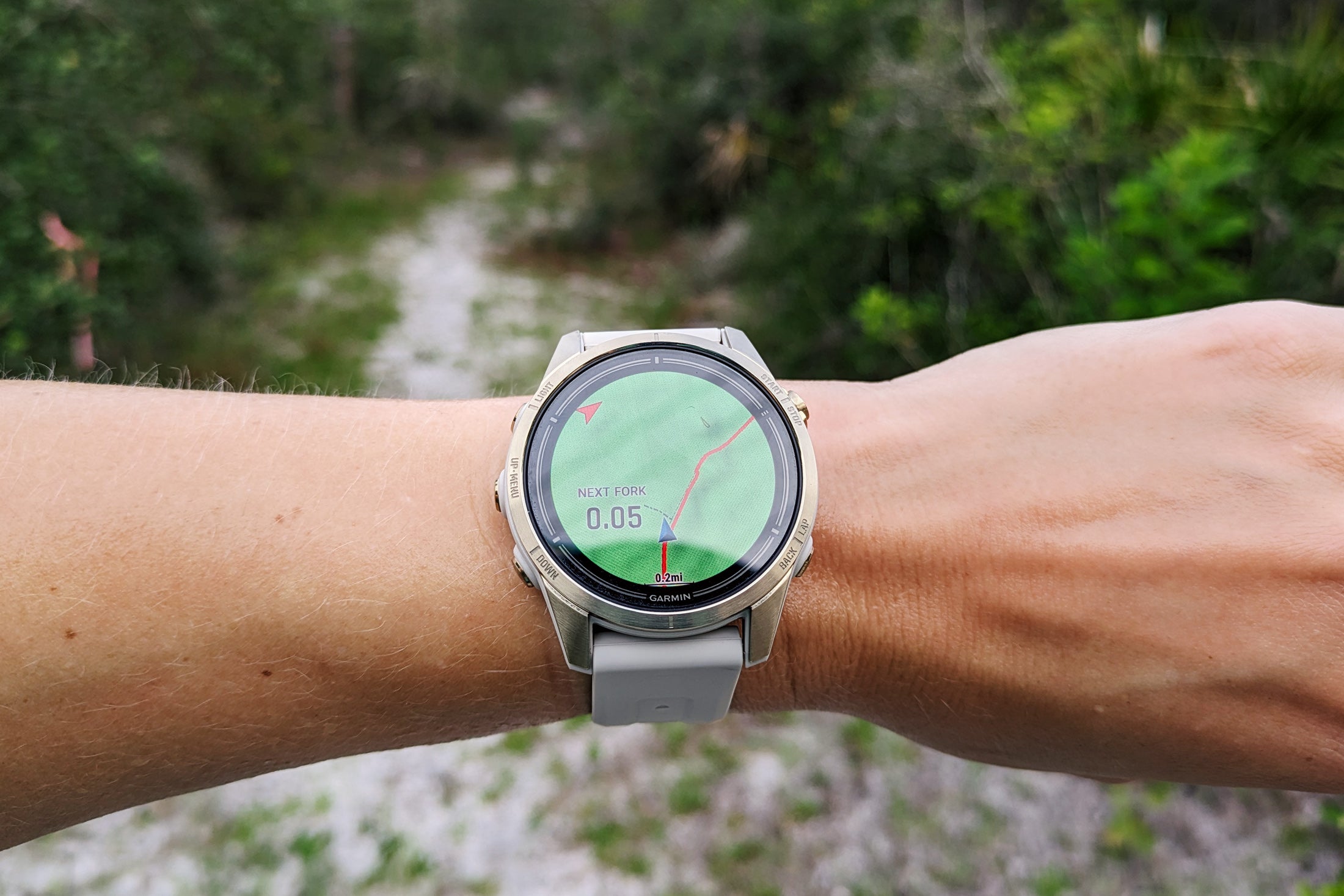
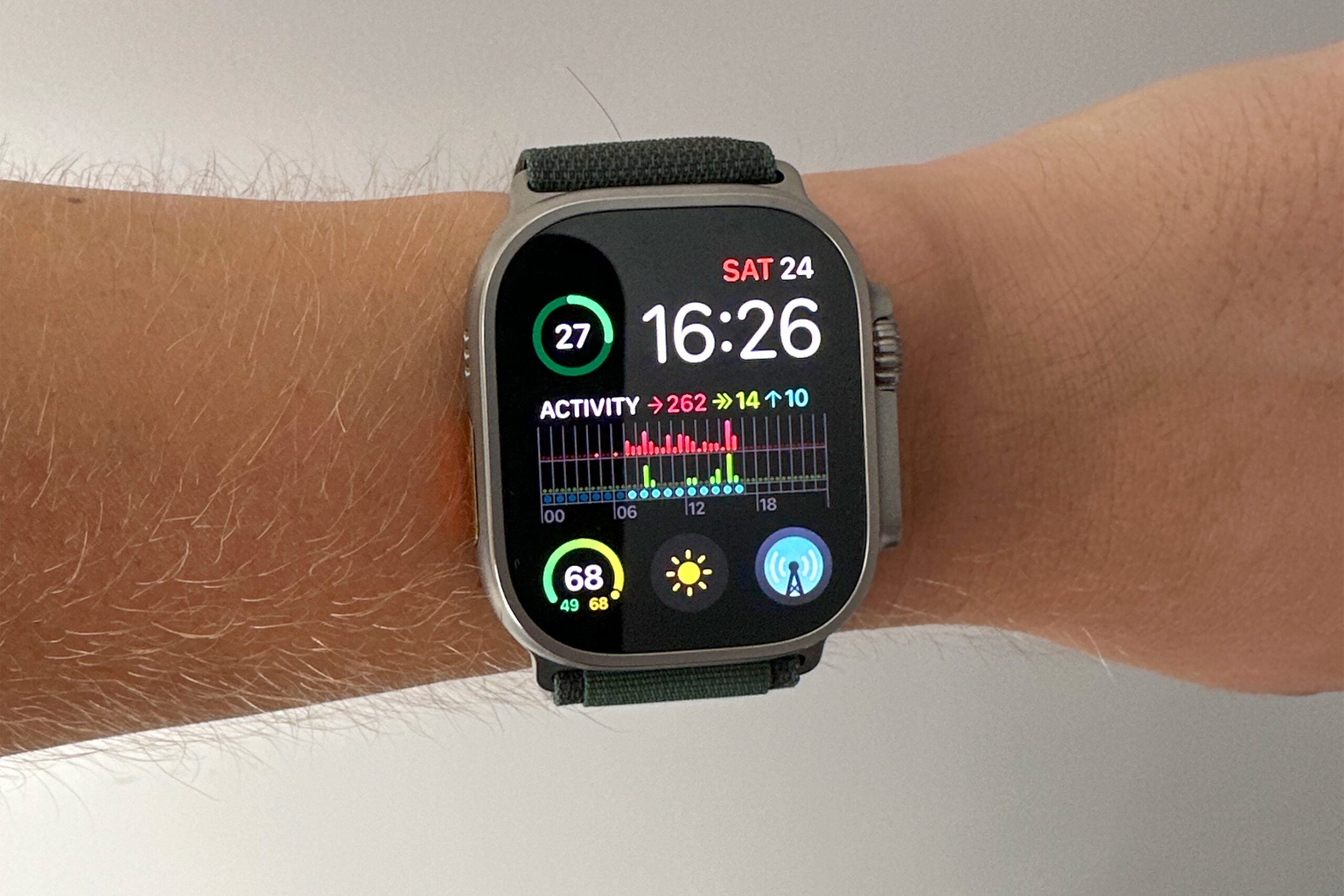
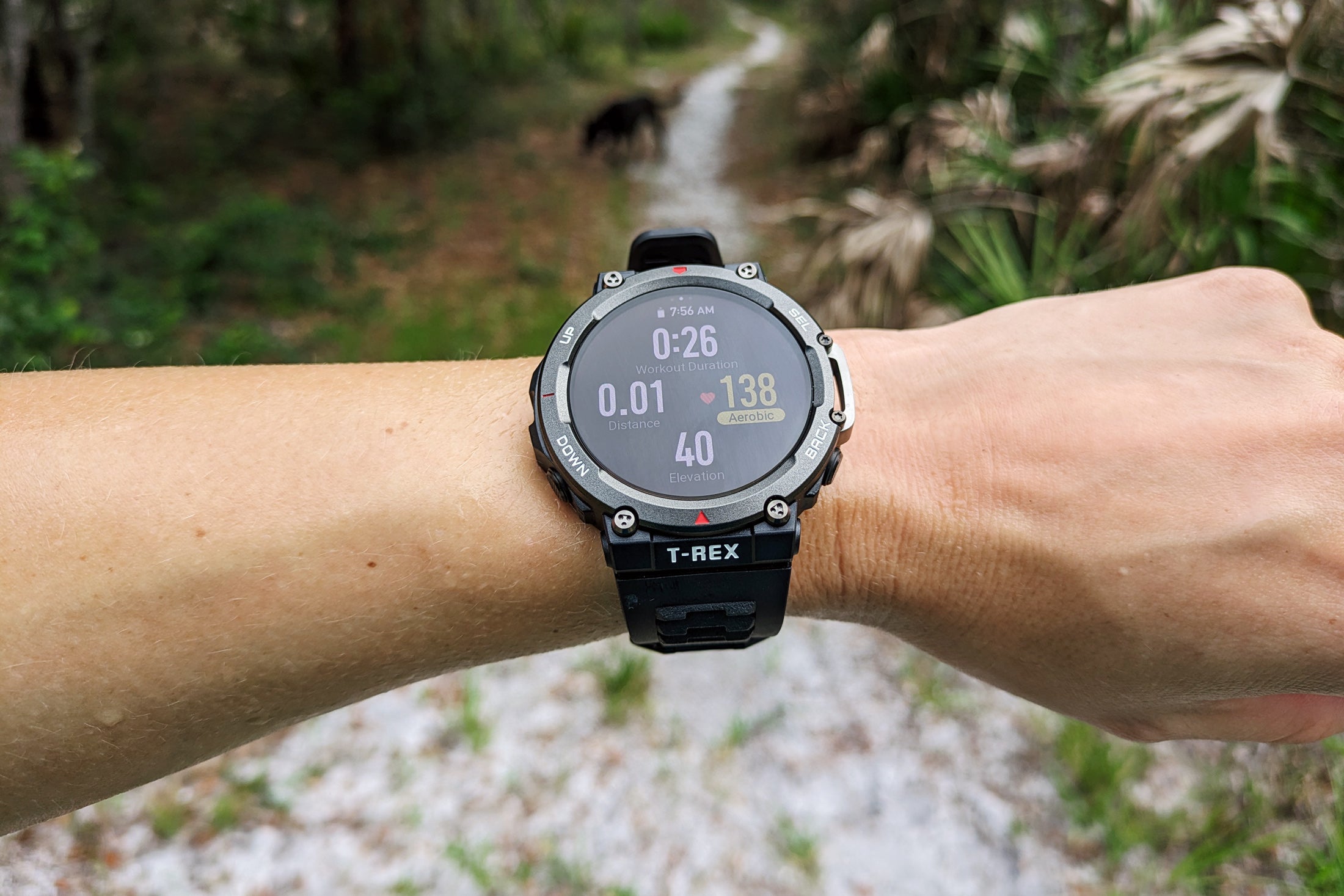
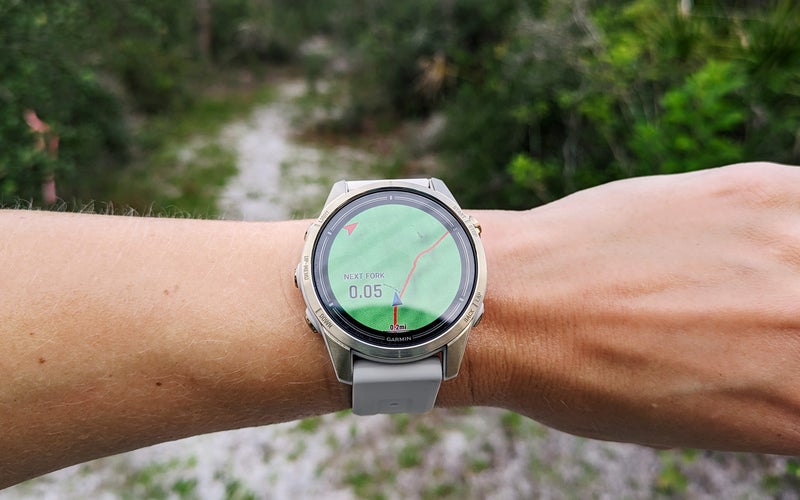


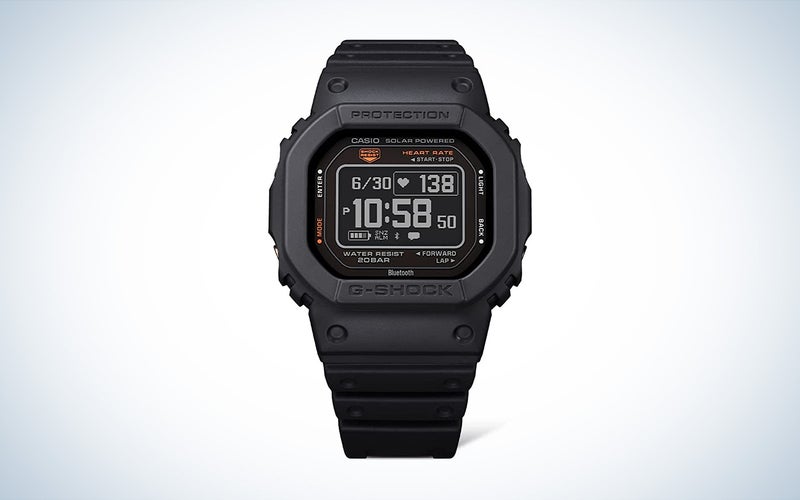

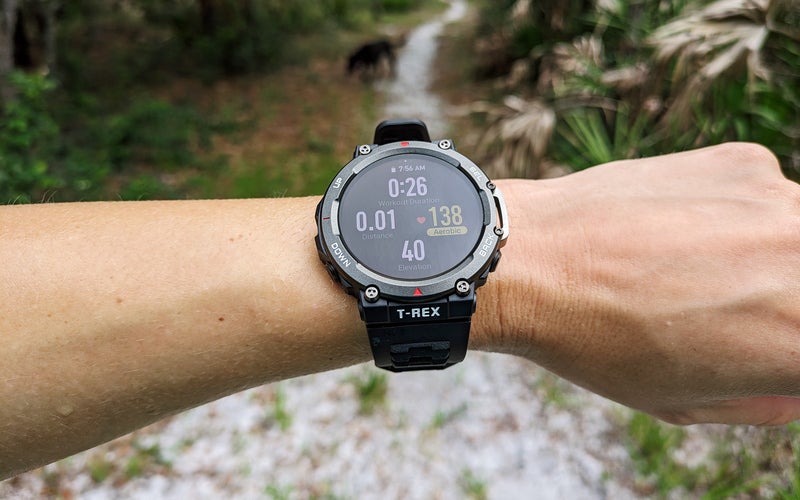



0 Comments